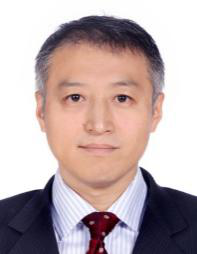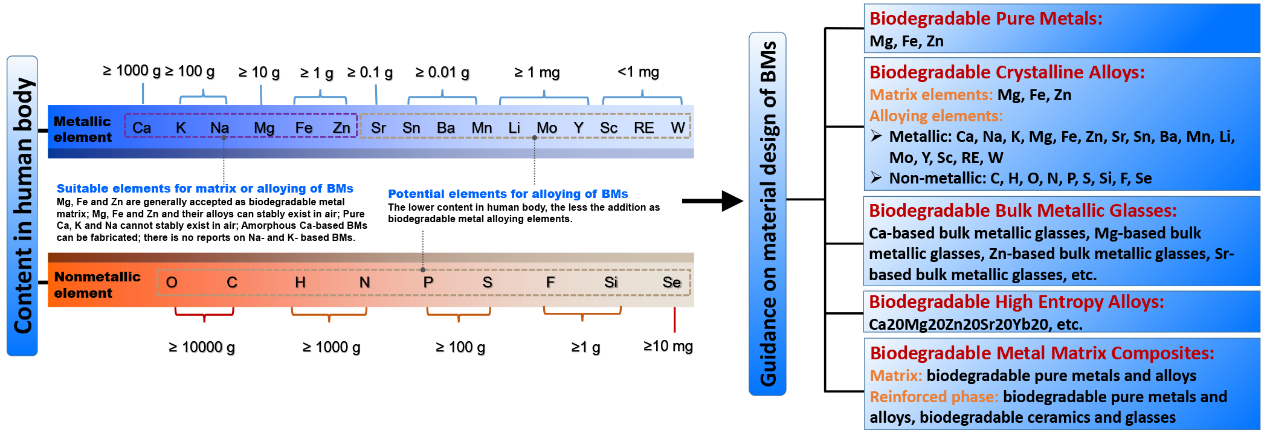Advanced Medical Alloys
Advanced Medical Alloys






Luning Wang Professor at the University of Science and Technology Beijing
Yufeng Zheng Professor at the University of Science and Technology Beijing, Distinguished Scholar of China, Changjiang Distinguished Professor
Xin Lu Professor at the University of Science and Technology Beijing
Yu Yan Professor at the University of Science and Technology Beijing
【Chief members】
Luning Wang Professor at the University of Science and Technology Beijing
Yufeng Zheng Professor at the University of Science and Technology Beijing
Xin Lu Professor at the University of Science and Technology Beijing
Yu Yan Professor at the University of Science and Technology Beijing
【Research Background】
Biomedical materials, as the foundation of artificial organs and medical devices, have become an important branch of contemporary materials science. Our team has adopted biomedical materials with critical application demands, such as biomedical metal materials and polymer materials, as our research background, and taken the support of state-of-the-art material genomes engineering centers in Beijing for our strategic goals. The research conducted by our team includes the design of a novel biodegradable zinc alloy, the establishment of the composition design and high-throughput preparation of new biomedical titanium alloys based on traditional power metallurgy and laser additive manufacturing technologies, and an investigation into the reaction process of in vitro proteins on metal surfaces using high-throughput experimental approaches.
【Research Objectives】
Based on the research background of biomedical materials with important application demands such as biomedical metal and polymer materials, our team mainly aims to develop new high-throughput design and preparation approaches, technologies, and instruments, as well as high-throughput characterization methods for representative biomedical materials, focusing on the variation in the composition, microstructure, and mesoscopic pore structure of these materials, as well as their complex preparation processes and structural and performance diversities. The achievements can significantly improve the research and development efficiency during procedures regarding the demand, optimization, preparation, and test application of biomedical materials.
【Main Research Areas】
1. Development of high-throughput design and preparation approaches for biomedical degradable metal materials.
2. Development of high-throughput preparation methods for biomedical Ti-alloys based on powder metallurgy.
【Significant Research Progress】
1. Design of biomedical degradable metals
Our team has established an international definition and classification standard of biodegradable metals, where the double criteria of “biodegradability” and “biocompatibility” are introduced to define degradable metals. On this basis, our team has screened the metal elements on the periodic table based on whether they are appropriate degradable metals and provided a future development direction for such metals. In addition, the team has developed magnesium- and zinc-based alloys with superior mechanical properties, biodegradability, and biocompatibility, the in vivo biological performances of which have been verified through animal implantation experiments.

Fig. 1 Biodegradable metal design workflow
2. Development of biomedical porous titanium alloys based on power metallurgy
According to a new design idea for multi-component titanium alloys based on the concepts of biomechanics, structural compatibility, and functional properties, the team has integrated alloy composition design approaches such as the d electron count, electron density e/a theory, and {cluster} (bonding atom) X structure model, and developed a theoretical model for the design of biomedical titanium alloy composites. Furthermore, based on the principle of topology optimization, the team has established a lattice model for titanium alloy microcells that satisfies the requirements of a high open porosity and strength using software such as ANSYS and SolidWorks. Utilizing high-throughput preparation technologies based on powder metallurgy, our team has also produced titanium alloy products with multiple compositions and structural characteristics by adding functional elements such as Cu, Se, Sr, Sn, and Ag to the Ti-Mo or Ti-Nb-Zr bases. Based on mechanical property, in vitro cell, antibacterial, and rat implantation tests, it has been shown that the synthetic materials exhibit superior biocompatibility and antibacterial osseointegration capabilities, demonstrating broad application aspects in orthopedic implant materials.

Fig. 2 Schematic diagram of the implantation of Ti-Mo alloy bone nails produced using high-throughput preparation technologies in rats
